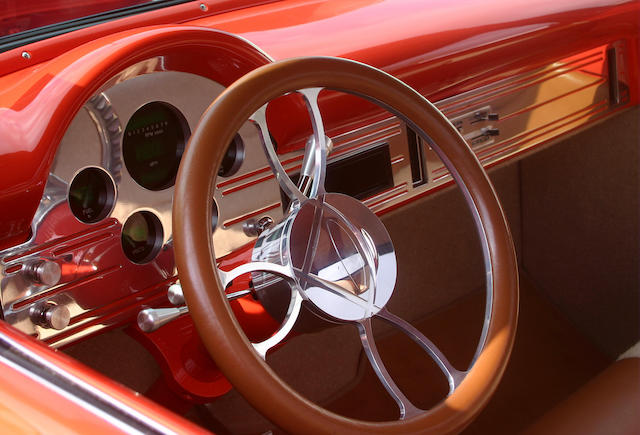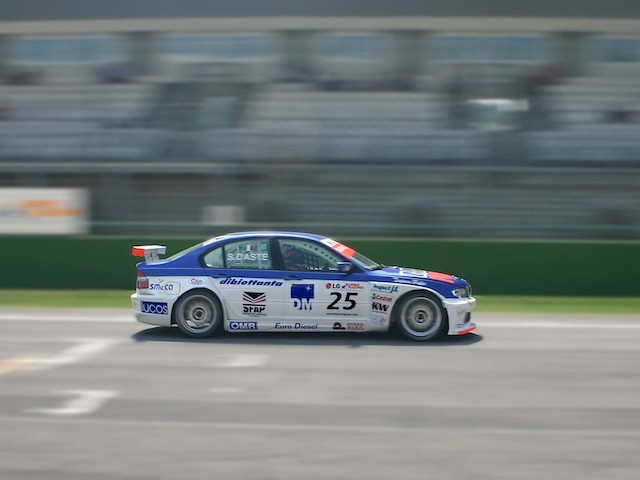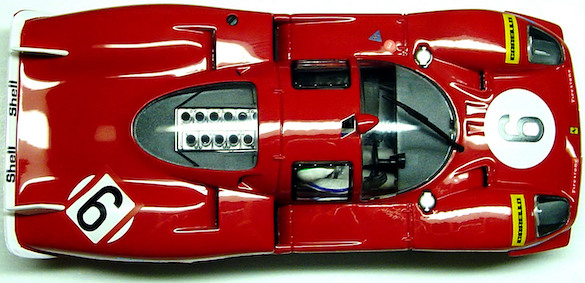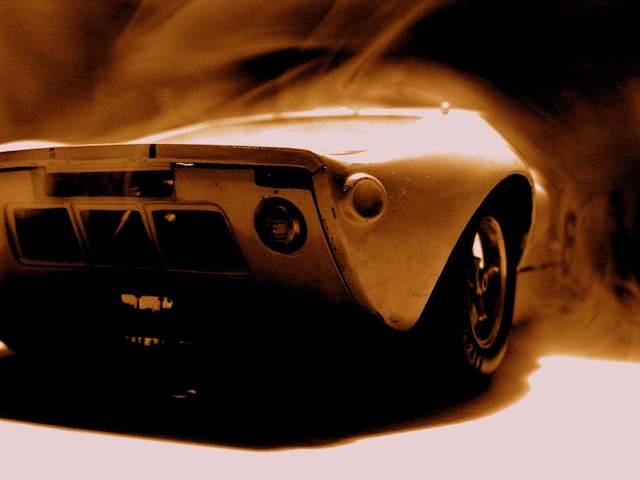Exploring The Good Race Cars In The World
Good race cars are the backbone of competitive motorsport. These vehicles are engineered to perform under extreme conditions. From their design to the technology inside, everything is optimized for speed, agility, and endurance. Every race car serves a different purpose depending on the race type, whether it’s Formula 1, NASCAR, or touring car racing. Despite the differences, all good race cars share a few common features that make them excel in high-pressure environments.
The anatomy of good race cars
The construction of good race cars start with the frame. Most race cars feature lightweight, high-strength materials like carbon fiber. The frame must be sturdy enough to withstand high impacts but light enough for maximum speed. Engineers design these frames to minimize weight while ensuring the car is safe and durable.
Suspension systems also play a major role in a race car’s performance. A well-engineered suspension provides stability at high speeds, especially around sharp corners. The suspension absorbs shocks and helps maintain tire contact with the road, ensuring maximum grip. In addition to the frame and suspension, tires are crucial to performance. The right tires allow the car to grip the track better, improving acceleration and cornering abilities.
Powertrain: The heart of a good race car
A good race car relies heavily on its powertrain. The engine’s power and efficiency make a huge difference in racing. Most race cars use high-performance engines that generate substantial horsepower. In formula racing, engines often exceed 1,000 horsepower, enabling them to reach speeds over 200 miles per hour.
Race cars also require advanced transmission systems. The transmission helps transfer power from the engine to the wheels. A good race car features precise, responsive gear shifting that allows drivers to quickly adjust their speed as needed. This high level of control is critical during the race, especially when navigating sharp turns or responding to changes in track conditions.
Aerodynamics
Aerodynamics is another critical factor in a good race car’s performance. The design of the bodywork affects how a car interacts with the air while racing. Aerodynamic features like front and rear wings help reduce drag and increase downforce. Reducing drag allows the car to move faster with less resistance, while downforce increases tire grip, especially during high-speed corners.
Many modern race cars, especially in Formula 1, use adjustable aerodynamics. These systems can change the angle of the wings, allowing the driver to adjust the car’s performance based on the track and weather conditions. Effective aerodynamics helps race cars stay stable, even at extreme speeds, making them safer and more efficient.
Safety features
In high-speed racing, safety features are paramount. A good race car is equipped with safety elements designed to protect the driver under extreme conditions. The roll cage is one of the most important components. It protects the driver in the event of a crash, providing structural integrity during impacts.
Race cars also feature advanced seat belts, helmets, and fire suppression systems. The seats are designed to securely hold the driver in place, even during high G-force maneuvers. Fire-resistant suits are also mandatory, providing additional protection if a fire occurs after a crash. These safety measures are continuously evolving to ensure driver safety during every race.
Fuel efficiency
Fuel efficiency plays a significant role in the design of good race cars. Races, such as the 24 Hours of Le Mans, require cars to run for long periods without frequent refueling. Engineers design race cars with fuel-efficient engines and optimized aerodynamics to extend the time between pit stops.
In endurance racing, such as Le Mans, hybrid powertrains have become more common. These powertrains combine a traditional engine with electric motors. The electric motors help regenerate energy during braking, increasing fuel efficiency and reducing the frequency of pit stops. This technology allows the car to maintain high performance while using less fuel.
Handling and cornering
A good race car must excel in handling, especially around corners. The ability to take corners at high speed is what separates the best from the rest. Engineers focus on achieving a balance between grip and stability. This involves fine-tuning the suspension, tires, and weight distribution.
The steering system in a race car is highly responsive, allowing the driver to make quick adjustments. The driver needs precise control over the car, especially when navigating tight corners at high speeds. A well-tuned race car allows the driver to maintain control even in the most challenging track conditions.
Technology and data
Modern race cars are equipped with sophisticated technology that helps teams analyze performance. Sensors are placed throughout the car to monitor everything from tire pressure to engine temperature. This data is sent back to the team, allowing them to make real-time adjustments during the race.
Telematics systems are often used in top-tier racing series like Formula 1. These systems provide live data about the car’s performance, allowing engineers to communicate with the driver during the race. This constant flow of information is critical for optimising performance and responding to changes in track conditions.
Reliability
Reliability is a key feature of good race cars, especially in endurance racing. Cars must be able to perform for hours, or even days, without breaking down. Reliability depends on the quality of components, including the engine, transmission, and suspension. In endurance racing, teams work tirelessly to make sure the car remains in peak condition throughout the event. Regular maintenance and quick repairs are necessary to keep the car in optimal condition. A reliable car can be the difference between winning and finishing last, especially when other cars fail to last the duration of the race.
Customisation and tuning
The defining feature of good race cars is the ability to customize and fine-tune them to suit a driver’s preferences. Every driver has unique needs and preferences when it comes to handling and performance. Engineers and mechanics work closely with drivers to adjust the car’s setup to achieve the best balance. Changes can be made to the suspension, tire pressure, and aerodynamics to improve handling and speed. Fine-tuning these aspects can give the driver a competitive edge, allowing them to adapt to changing track conditions or improve lap times.
Different racing disciplines
Good race cars come in various shapes and sizes, each designed for different racing disciplines. Formula 1 cars are lightweight, open-wheel vehicles that focus on speed and agility. These cars are built for maximum performance on smooth, high-speed circuits. In contrast, NASCAR cars are heavier and designed to perform on oval tracks. Their larger engines and unique handling characteristics make them well-suited for tight, high-speed racing. Touring car racing features production-based cars modified for performance, allowing a mix of speed and durability. These cars compete on a variety of tracks, often including street circuits and road courses.
Rally cars are built for off-road racing, capable of handling rough terrains like dirt, gravel, and snow. These cars are equipped with robust suspension systems and high-performance engines to navigate through the unpredictable environments of rally stages. Each racing discipline has its own set of demands, and good race cars are engineered to excel in these conditions.
Innovation and sustainability
As the automotive world continues to evolve, so does the technology behind good race cars. Manufacturers are integrating more hybrid and electric technologies into their racing vehicles. This shift towards sustainability aims to reduce emissions and make racing more environmentally friendly while maintaining high levels of performance.
Electric racing leagues, such as Formula E, are growing in popularity. These fully electric race cars offer thrilling performances, proving that sustainability does not compromise speed or excitement. Future innovations will likely lead to even more efficient powertrains, advanced aerodynamics, and smarter technologies to push the limits of performance.
Building a good vehicle
Building a good vehicle requires a perfect balance of engineering, technology, and performance. From the initial design phase to the final adjustments before a race, every detail is scrutinized to ensure the car performs at its best. Race cars are built with one goal in mind: to win. Engineers and drivers work together to create a vehicle that can withstand the pressure of competition while maintaining the highest levels of performance and reliability. As technology continues to advance, the future of race cars looks incredibly promising, with innovations that will shape the next generation of motorsports.
Legacy
Good vehicles are not only about speed and technology. They are a symbol of human ingenuity, precision, and dedication. Over the years, they have become icons in the world of motorsport, inspiring both drivers and fans. Good vehicles are at the heart of every event. The legacy of these incredible machines will continue to evolve as new technologies and designs emerge, keeping the spirit of racing alive for generations to come.
Expose your brand at the East African Safari Classic Rally05 – 13 December 2025
|






